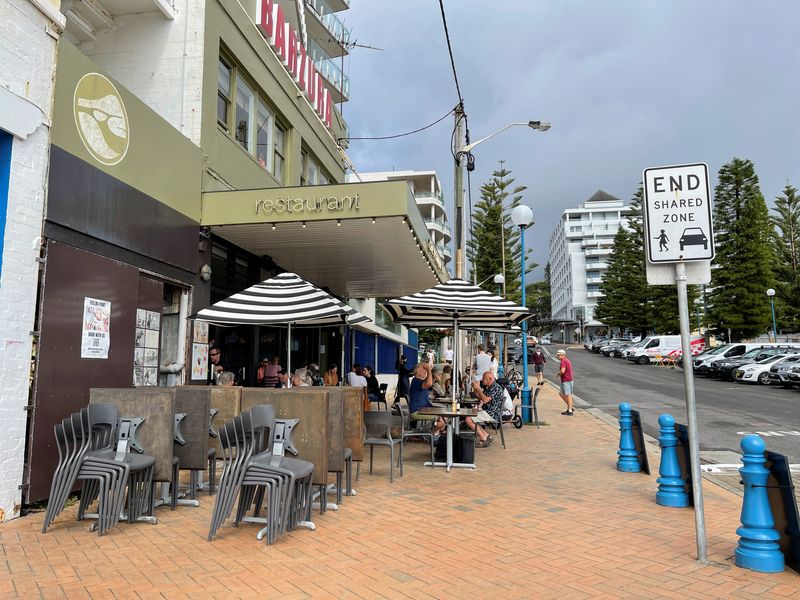By Wayne Cole
SYDNEY -Australia’s unemployment rate held at a 13-year low in January as a surge in coronavirus cases took more of a toll on hours worked than on jobs, and hiring still rising moderately in the month.
Figures from the Australian Bureau of Statistics on Thursday showed employment rose 12,900 in January, pipping forecasts of a flat outcome and following two months of exceptional gains.
The unemployment rate stayed at 4.2%, matching the lowest reading since 2008 when it bottomed out at 4.0%. The impact of the Omicron wave was felt most in hours worked which slid 8.8% as employees stayed home sick or were forced to isolate.
Yet these workers remained attached to their jobs and unemployment barely moved, setting the stage for a quick rebound now that coronavirus cases have tapered off.
“As cases have fallen sharply we expect the impact on the labour market to fade in February,” said Ben Udy, an economist at Capital Economics.
“It highlights the resilience of the labour market and supports our forecast that the RBA will hike rates in June.”
The Reserve Bank of Australia (RBA) has been aiming to drive unemployment to 4% or lower in the hope of reviving wage growth after years of sub-par growth, and is now near that goal.
The tightening labour market combined with rising inflation also suggests a rate rise is getting closer. RBA Governor Philip Lowe last week said it was plausible a hike could come later in the year should the economy recover as expected.
Markets are wagering the 0.1% cash rate could rise to 0.25% as early as June, and keep climbing to 1.25% by year end. Among the major local banks, CBA is tipping a first rise in June, Westpac sees August, ANZ September and NAB November.
Much will depend on how wages progress with the ABS wage price measure for the December quarter due next week. Analysts look for an uptick to 2.4%, which would be the fastest pace since 2014 but short of the 3%-plus desired by the RBA.
Still, the central bank recently emphasised it was looking at a wider suite of labour cost indicators and not just wages to decide when to tighten policy.
Analysts took that as a sign the RBA could hike even with wages running at less than 3%.
“ABS data, private surveys and our internal data that captures salaries paid into CBA bank accounts indicates that wages growth has further accelerated,” says Gareth Aird, CBA’s head of Australian economics.
He also expects the consumer price report for the March quarter to show an alarming acceleration in core inflation to 3.5%, up from 2.6% and above the RBA’s 2-3% target band.
“We expect the RBA to move to an explicit hiking bias at the May Board meeting and raise rates to 0.25% in June,” said Aird.
(Reporting by Wayne ColeEditing by Shri Navaratnam and Sam Holmes)
